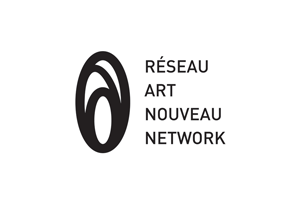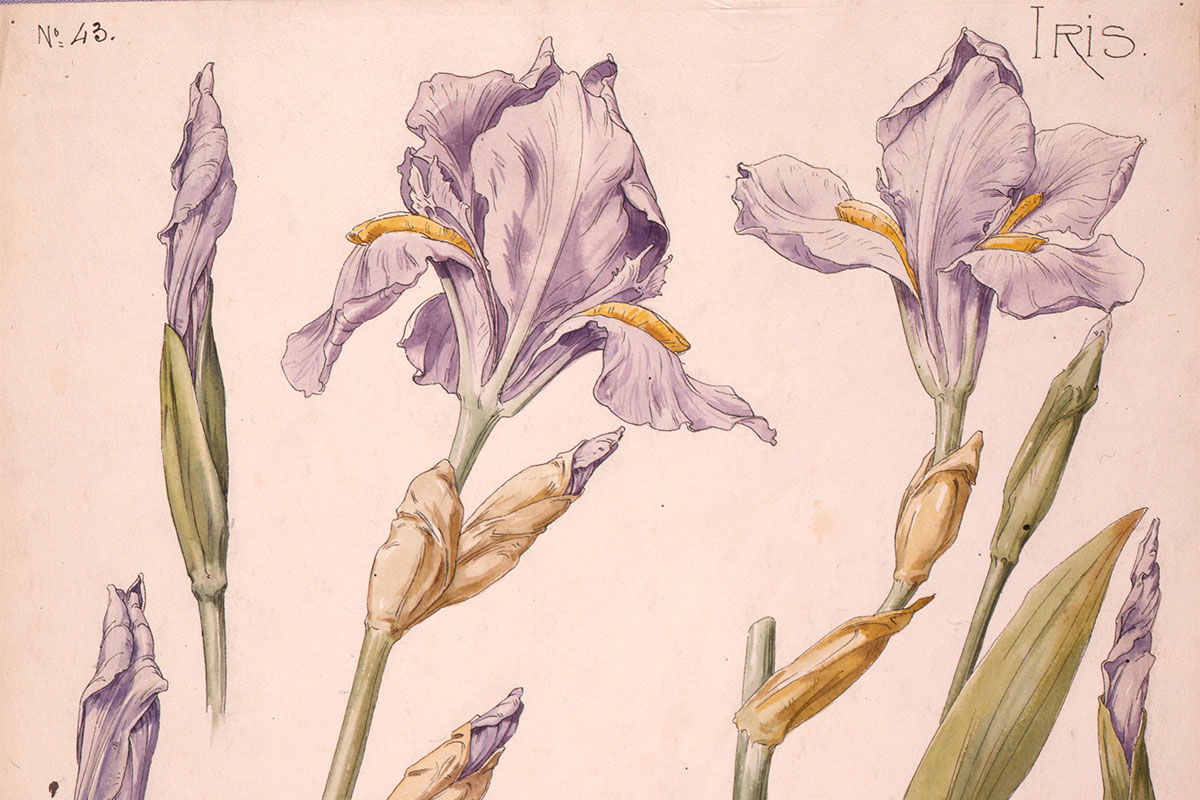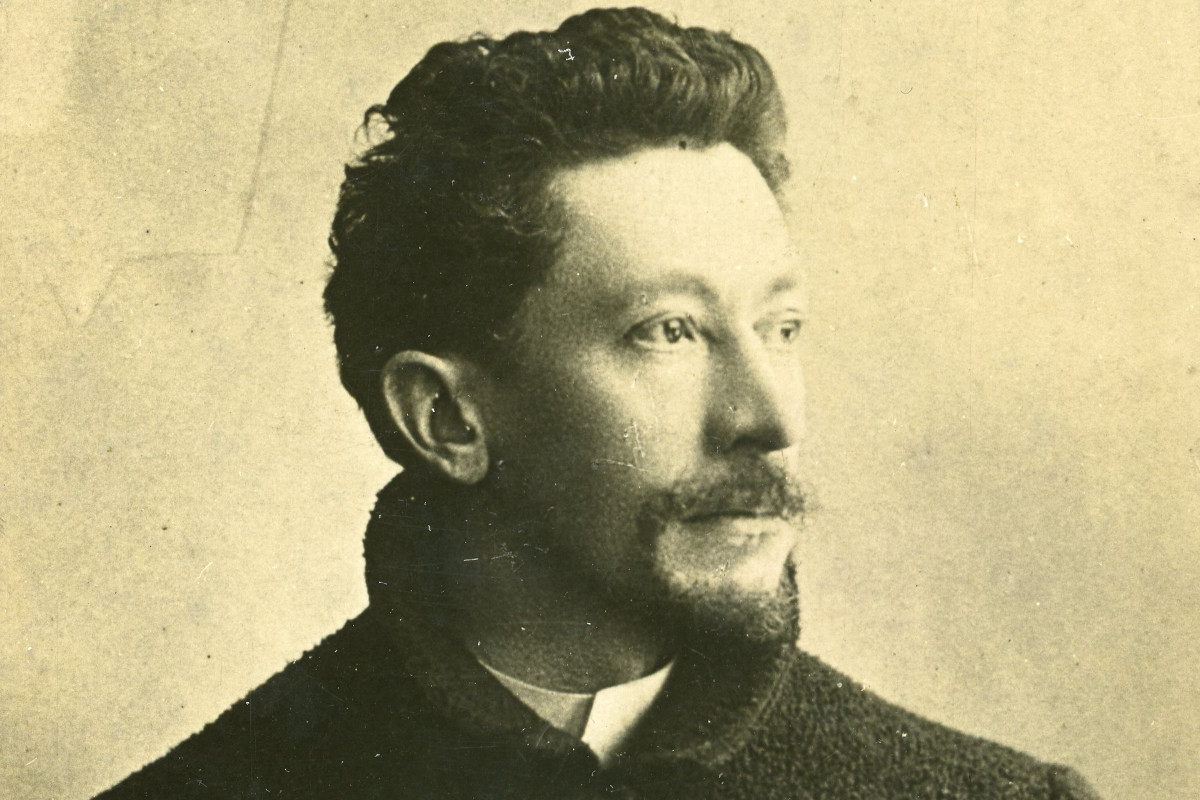Art nouveau
At the dawn of the 20th century, a number of European cities were experiencing a desire to renew architecture and decorative arts. Young architects and artists wanted to free themselves from the historical styles inspired by the past and turn to new and original forms, adapted to contemporary life and everyday uses.
Modernity and industry
Known by different names (Secession, Modernism, Jugendstil, Liberty Style, Glasgow Style, Nancy School, etc.), this movement cannot be defined according to artistic criteria, but from one city to another, it proposes common principles shared by the same generation. Firstly, there was a desire for modernity and novelty in the drawings, the compositions but also the materials used. Secondly, the artists longed for a wide distribution of their creations and did not hesitate to turn to industry and free themselves from artisanal models. At last, Art nouveau asserted a local identity, choosing themes and motifs rooted in their local area, sometimes demonstrating a desire for independence from the major centres.
Architecture and decorative arts
From Brussels to Helsinki, from Barcelona to Vienna, Art nouveau could be seen in architecture, mainly in private buildings (houses, apartment buildings) and commercial buildings (department stores, cafés, pharmacies, ...).However, it was not limited to a plan or facades and the interior decoration and furnishings of these buildings were involved, resulting in a total work of art. Decorative artists were to take an interest in objets d’art using glass, ceramics, wood, leather, metal... and innovative techniques, to design pieces with renewed shapes and decors. In many cities, nature became one of the main sources of inspiration for new lines and original motifs, a dynamic nature in motion, in line with the latest scientific discoveries.
Diffusion and rehabilitation
Supported by art magazines and exhibited at world fairs, Art Nouveau developed rapidly in Europe and around the world, including the United States. However, it quickly fell out of fashion before the First World War, and then lost interest until the 1970s. Since then, this artistic movement has been gradually and simultaneously rediscovered and its testimonies rehabilitated in several European cities.
Created in 1999, the Art nouveau Network, member of the Cultural Route of the Council of Europe , aims to study and promote this European heritage.



